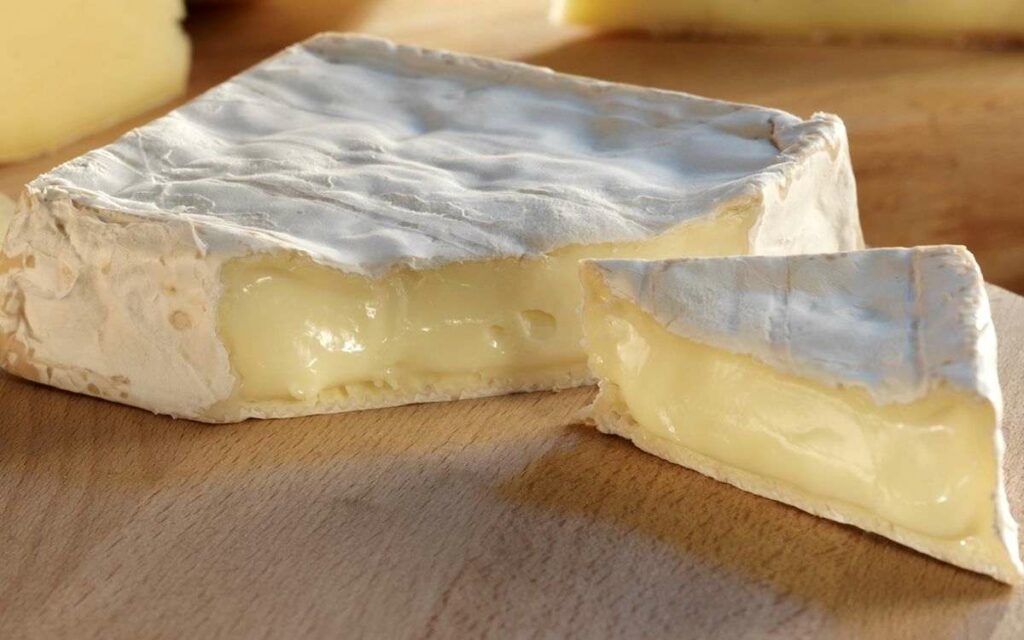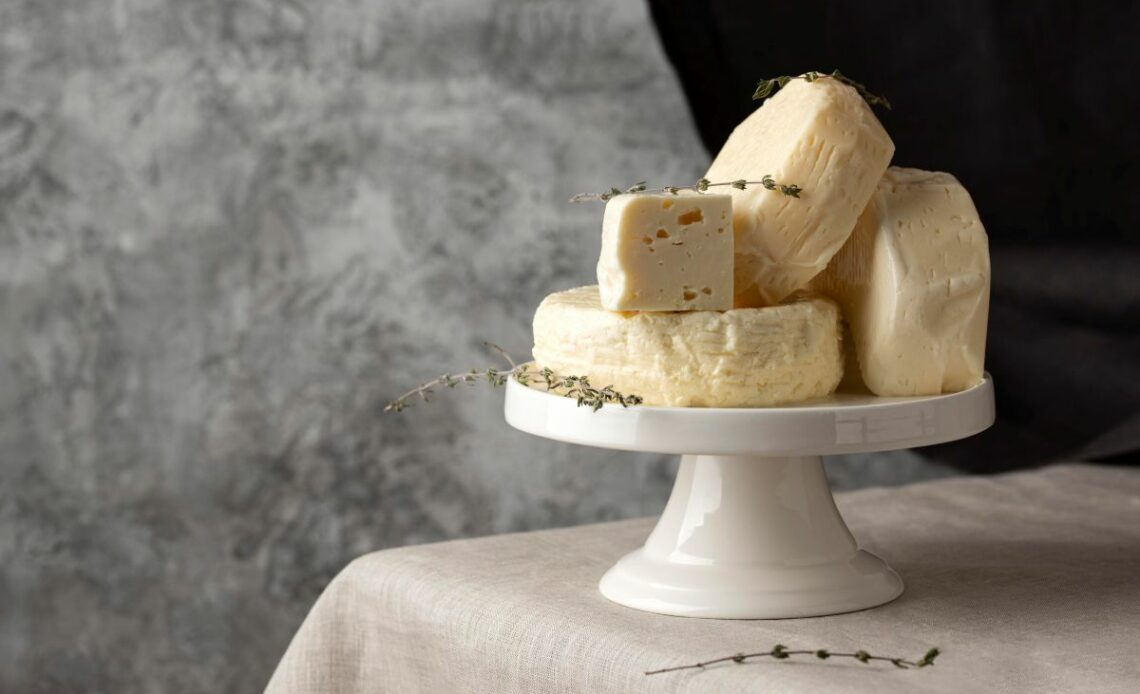Cheese lovers always have an edge with a variety of options available. We often struggle to find an answer, Are soft cheese and cream cheese the same?
There are two popular choices i.e. soft cheeses and cream cheese that share similarities yet have different takeaways.
The dairy aisle has a delightful array of options that can be explored widely. There are many options, from firm and crumbly cheeses to soft and spreadable options.
If you ever thought, is cream cheese and soft chees the same? This article will help you understand their origin better.
Contents
Explore Soft Cheeses

Soft cheese contains a creamy and spreadable texture. It captures a broad category of cheeses and characterizes them accordingly.
These cheeses have high moisture content and are always recommended to be fresh or slightly aged. Soft cheese comprises various types of milk i.e. cow, goat, and sheep to hold its authentic flavor.
The profile flavor ranges from mild and tangy to rich and buttery.
Making soft cheese involves curdling milk with rennet or acid, draining out the whey, and then maturing the cheese for a shorter duration. Soft cheese like ricotta can be consumed fresh.
Some cheeses like Brie and Camembert develop a thin, edible rind during aging. Here we still have the clearance, Are soft cheese and cream cheese the same?

Cream cheese is made up of milk and cream resulting in soft cheese which is fresh and unaged.
Cream cheese originated from the United States in the 19th century where cream chees has become a staple ingredient in many households. The flavor of cheese makes it versatile for both sweet and savory dishes.
Pasteurized milk is typically made up of adding lactic acid which is involved in the process of cream cheese. To extend the shelf and improve the texture, stabilizers like guar gum or carrageenan are added.
Cream cheese is usually sold in foil-wrapped blocks or tubs because it does not have a rind similar to soft cheese. With this, the clarity is soft cheese and cream cheese are the same.
Major Distinction Between Soft Cheese and Crean Cheese
Here we will elaborate further is cream cheese and soft cheese the same involving more about their features.
1. Ingredients
- Soft Cheese: It is usually made up of cow, goat, or sheep milk. The bacterial cultures make the recipe of the cheese soft including specific recipes.
- Cream Cheese: primarily made up of cow milk and the mixture of cream often been used to a creamy layer. To ensure consistency stabilizers are added.
2. Flavor
- Soft Cheese: The aging process and milk type have a significant role in the taste of the milk. There is a wide range of flavors, from tangy to buttery and earthy involved in the taste.
- Cream Cheese: A consistent flavor profile from mild to tangy makes it suitable for a natural base in recipes.
3. Texture
- Soft Cheese: The texture is like brie which can be spreadable containing creamy and delicate rind. While others like ricotta are slightly grainy and fluffy in texture
- Cream Cheese: Having denser, richer consistency compared to most soft cheeses. It has a uniformly smooth and spreadable consistency.
4. Production Process
- Soft Cheese: It is inclined towards complex flavor profiles. It can be consumed fresh and has an involvement in aging. The development of rind can be included in the entire process to make the process smooth.
- Cream Cheese: To achieve a consistent smooth texture there is a simpler production process. So, it’s often made with a fresh and unaged texture.
5. Culinary Uses
- Soft Cheese: Pair fruits and wines along with cheese boards. Few varieties can be melted and baked.
- Cream Cheese: The Key ingredients are cheesecakes and other dessert menus. It is mainly used for making bases and forstings.
Selecting the correct Cheese
Till now we have hovered a lot, soft cheese and cream cheese the same. But let’s get the quick bifurcations to decide on soft cheese and cream cheese based on the below points.
- Flavor Preferences: Cream cheese is ideal for a milder taste. If you enjoy the taste of bold flavours then go for soft cheese such as Brie or Camembert.
- Culinary Application: For baking, spreads and desserts opt for cream cheese. Consider using soft cheese for cheese boards and gourmet dishes.
- Dietary Needs: For a creamy texture and versatile option stick with cream cheese. And lower fat go-to options will be soft cheese with varieties like goat cheese.
Conclusion
Understanding the above differences helps in picking the right preference. Soft cheese always has a wide range of options that cater to tastes and textures. On the other hand having a creamy, consistent, and mild experience is offered by cream cheese.
The often doubted question is whether cream cheese and soft cheese are the same. So, next time you’re shopping for cheese, you’ll know exactly what to look for to suit your needs and preferences.


